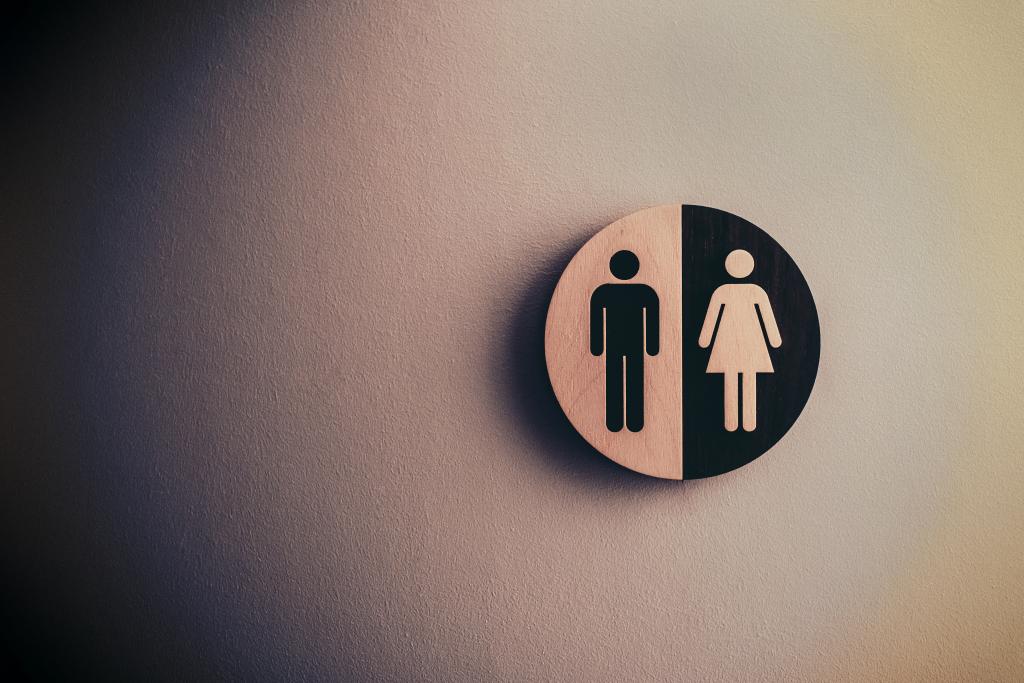As those who follow the news will know, public and workplace toilet facilities are the focus of a national debate concerning gender. In an employment case on point, a female office clerk who had to share a toilet with male colleagues succeeded in a direct sex discrimination claim.
The woman worked for a local authority in a building fitted with both male and female toilets. She used the female toilet when she could, but accessing it was problematic in that it was in part of the building used by a playgroup. In response, her employer offered her access to the male toilet, which consisted of a single cubicle that could only be entered by passing a trough urinal.
There was no lock on the entrance door to the male toilet. A sign was provided that alerted men when the toilet was occupied by a woman, but it did not always stay in place. There was in any event a risk that a man might disregard the sign. That in turn gave rise to a risk of women using the toilet witnessing a man at the urinal. During the relevant period, the toilet also did not feature a sanitary bin.
Upholding the woman’s sex discrimination complaint, an Employment Tribunal (ET) found that she had been subjected to a series of detriments. The inadequate toilet facilities resulted in her being less favourably treated than her male colleagues. At no point was a man in a position of not having immediate access to a toilet and it did not matter whether the risk of her seeing a member of the opposite sex relieving himself had in fact materialised.
Rejecting the employer’s challenge to that decision, the Employment Appeal Tribunal noted that her difficulties could readily have been resolved by fitting a lock to the toilet’s entrance door and installing a sanitary bin. Both those steps were belatedly taken by the employer.
The ET had applied robust common sense in concluding that the toilet facilities were inherently discriminatory in that they did not adequately meet her needs as a woman. The risk of her coming across a man using the urinal and the lack of a sanitary bin both amounted to less favourable treatment arising from her gender.
In its ruling, the ET had also found that that she had been subjected to harassment on three occasions and had been victimised by being dismissed. The amount of her compensation would be assessed at a further hearing, if not agreed.
